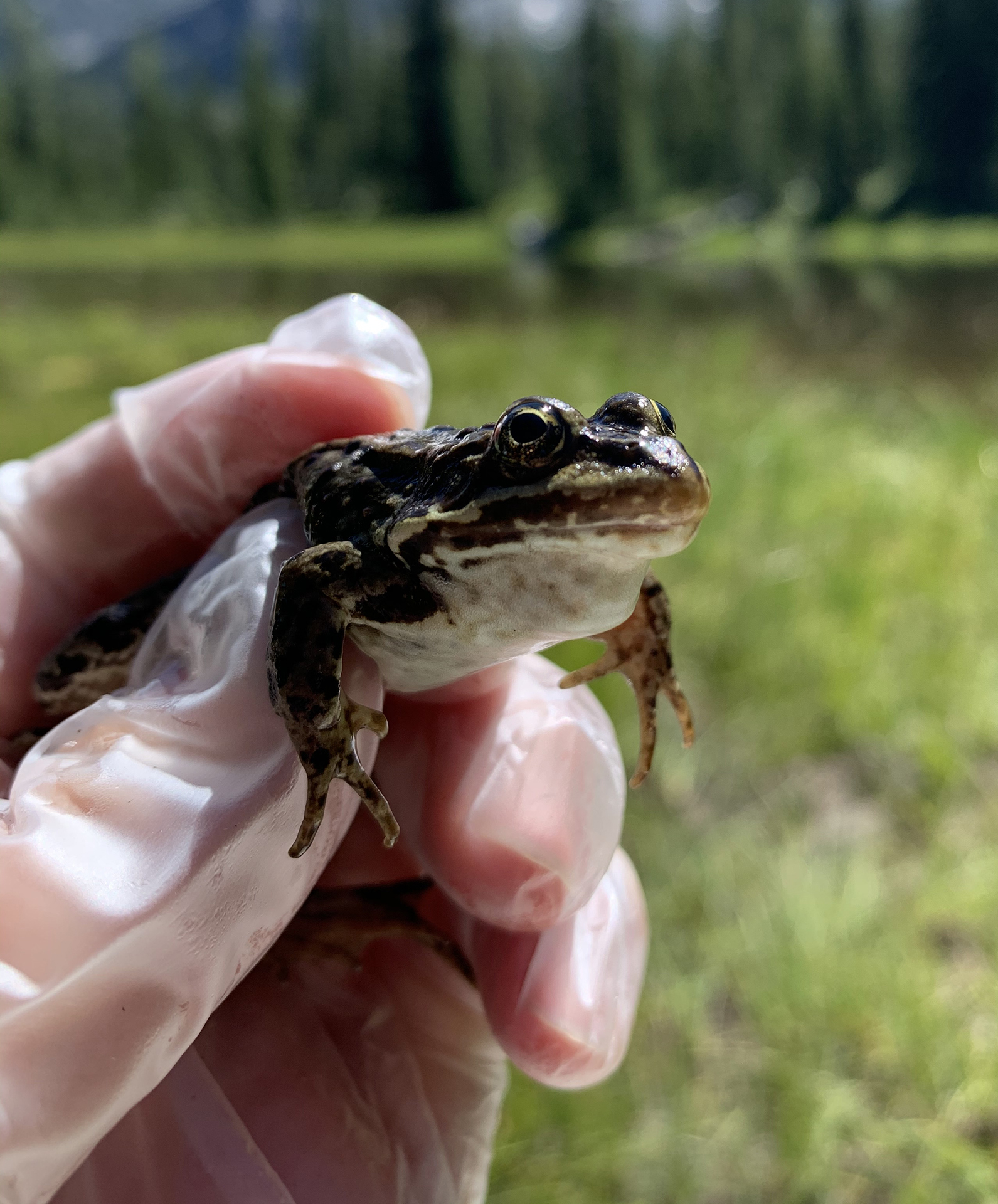Broad-Scale Assessment of Methylmercury in Adult Amphibians
The first widescale assessment of methylmercury in adult amphibians in the U.S. shows that this toxic compound is common, widespread and, at least for some populations, can reach very high levels. The ARMI-led publication brought together scientists from around the country to test more than 3,200 amphibians representing 14 species from 26 populations. Amphibians are the most endangered group of vertebrates worldwide, but prior to this study, little information was available on mercury bioaccumulation in amphibians across the U.S.
Mercury is a contaminant of global concern that can harm humans and wildlife. In aquatic ecosystems, microbes can convert elemental mercury to methylmercury, which increases risks because methylmercury is more bioavailable, more toxic, and it biomagnifies through food webs.
Study results showed that the amount of methylmercury in amphibians varied widely among sites and by life history characteristics, such as diet, size, and sex. Amphibian methylmercury concentrations ranged from barely detectible at some locations, to levels above wildlife health benchmarks in others. The study also evaluated using dragonfly larvae to estimate bioaccumulation for amphibians that can’t be sampled because they are rare or secretive. Scientists determined that the concentration found in these insects can provide insight into methylmercury bioaccumulation in amphibians.
Despite its toxicity, scientists only have a limited understanding of methylmercury’s effects on amphibians and these results can be used to inform future research on the health effects of methylmercury exposure on amphibians. The study also provides new methods and baseline data that can help scientists and managers assess the risk from mercury for species of management concern, including species listed as threatened and endangered under the Endangered Species Act.
To view the full article click this link: https://pubs.acs.org/doi/10.1021/acs.est.3c05549

